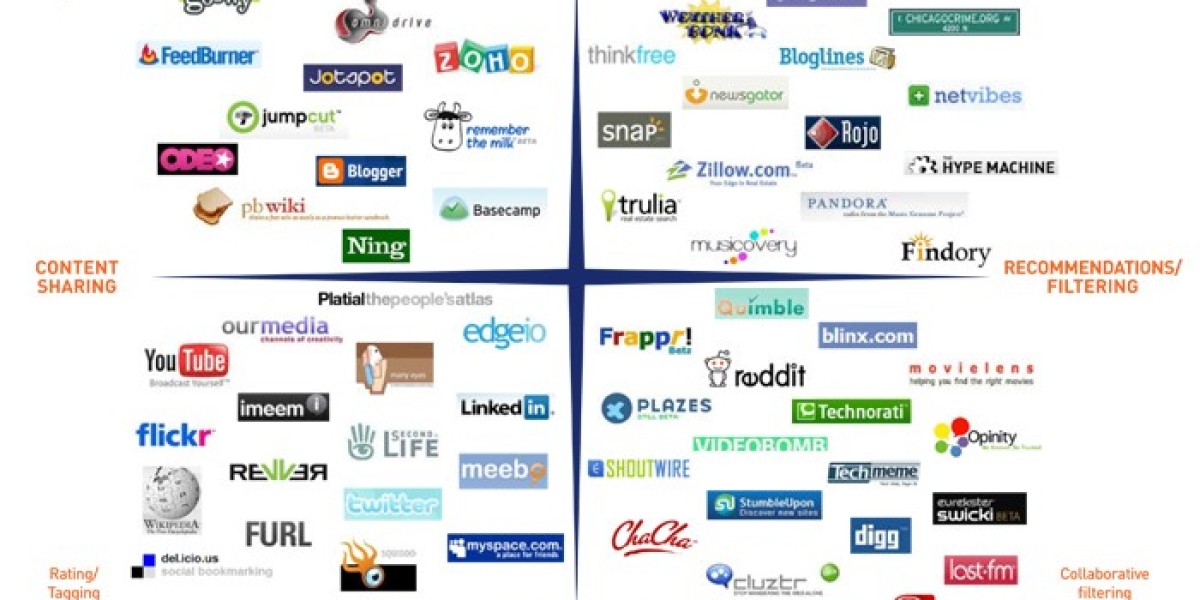Opening your very own dental surgery is akin to orchestrating a five‑act play: you need the perfect setting, a strong supporting cast, a tight budget, an attentive audience and, of course, certificates and compliance hanging proudly backstage. While the phrase “a squat dental practice” might bring to mind uncomfortable dentist chairs, in reality, it’s about maximising every square metre for functionality and patient comfort.
Balancing clinical efficiency with an inviting atmosphere isn’t just wishful thinking—it’s essential for profitability and patient loyalty. From picking a spot your perfect patients can easily reach, to making sure your staff mix feels like your own dental dream team, each decision echoes through every checkout.
In fact, when planning a squat dental practice, you’re looking to squeeze maximum impact from minimal space—all without scrimping on experience or safety.
1. Location and Accessibility
You need high footfall without paying Mayfair rents. Aim for areas with strong residential communities and limited competition nearby. Consider transport links (bus stops, parking), local demographics (age, income) and even neighbouring businesses—think coffee shops or children’s play areas to boost incidental traffic.
- NHS vs. Private Mix: If your practice primarily serves NHS patients, locating near family GP surgeries can increase footfall. Private clinics, however, benefit from high-income areas and business districts.
- Visibility: Choosing a ground-floor unit with prominent street signage is vital for brand recognition and spontaneous walk-ins. For a squat dental practice, high street or retail park visibility significantly boosts patient enquiries.
- Accessibility Audit: Prioritise step-free entry, visible directional signage, and designated parking for disabled patients. Accessibility improvements ensure inclusivity and compliance with healthcare standards.

2. Financial Planning and Funding
Your balance sheet is the backbone of your practice—plan twice, invest once. Costs can range from £200,000 to over £500,000 depending on size and fit‑out standards. It’s wise to have a six‑month runway for salaries, clinical consumables and incidentals.
Table 1: Typical Start‑Up Costs for a UK Dental Practice
Cost Item | Estimated Cost |
Valuation & Solicitor Fees | £18,500 |
Dental Equipment | £120,000 |
Materials | £40,000 |
Lab Fees | £36,000 |
Average First‑Year Profit | £50,000 |
Disclaimer: Costs are estimates and may vary by location and practice size.
Funding Options:
- Traditional bank loans with ~6–8% interest.
- Equipment leasing to spread capital outlay.
- Private investors or partnerships—shared risk, shared reward.
3. Staffing and Skillsets
Your team is the stage crew that makes the show run smoothly. Benchmarking data shows average staff costs are 17.8% of turnover (£161,000 on a £906,083 turnover). Balancing skilled clinicians with capable support staff keeps both patient flow and margins healthy.
- Key Roles: A well-rounded team includes a principal dentist, associate dentist(s), hygienist, dental nurses, a practice manager, and a receptionist to ensure smooth operations and quality patient care.
- Ratio Guidelines: Maintain one dental nurse per dentist for safe, efficient care. For administrative and patient support, aim for one non-clinical staff member per 200 active patients monthly.
- Training & CPD: Dentists are required to complete 100 hours of Continuing Professional Development (CPD) over a five-year period, while dental nurses must accumulate a minimum of 50 hours to maintain compliance and enhance their skills.
4. Patient Experience and Comfort
A happy patient is a returning patient. From first impressions in the waiting area to the moment they walk out, every touchpoint counts. Ergonomic chairs, calming colour palettes, clear wayfinding and even a cheeky joke on the wall improve patient comfort and reduce anxiety.
- Waiting Room: Create a welcoming atmosphere with soft, comfortable seating, a kid-friendly play area, free Wi-Fi, and charging points to keep patients relaxed and entertained while they wait.
- Treatment Rooms: Equip rooms with noise-dampening panels for privacy, adjustable mood lighting to ease anxiety, and infotainment screens to engage and distract patients during procedures.
- dental clinic reception design plays a pivotal role—consider a seamless check‑in kiosk, discreet storage for personal items, and a welcoming counter height that’s accessible to wheelchair users.
Small touches, like complimentary bottled water or “dental stress balls,” can turn an intimidating visit into a more pleasant experience.
5. Legal and Regulatory Compliance
Skipping regulation is a promise for trouble. In the UK, you must register with the Care Quality Commission (CQC) before opening, covering diagnostic, surgical and treatment activities. Registration can take several months, so start applications early.
- GDC Registration: Stay compliant with the Enhanced CPD scheme by completing 250 hours over five years, including at least 10 hours in any consecutive two-year period to maintain professional standards.
- CQC Fundamental Standards: Practices must meet CQC’s five key standards—safety, effectiveness, caring, responsiveness, and leadership. Stay ready for both planned and unannounced inspections to ensure ongoing compliance.
- Data Protection & Insurance: Uphold GDPR by securely managing patient data and confidentiality. Ensure your team holds valid indemnity insurance to protect against clinical and legal liabilities.

Essential Design Elements for a Modern Dental Clinic Reception
A thoughtfully designed dental clinic reception design creates a positive first impression for patients. Here's an explanation of the key elements and considerations:
1. First Impressions Matter
The reception is the first point of contact, so it should feel warm, professional, and calming. Clean lines, modern décor, and soft lighting help create a reassuring environment.
2. Functional Layout
The desk should be easily visible from the entrance and designed for efficient workflow. Ensure there’s a clear division between patient-facing areas and staff-only zones. Include low counters for wheelchair accessibility.
3. Comfortable Waiting Area
- Soft, ergonomic seating
- Warm colour palette
- Refreshments station (e.g., water cooler or coffee)
- Magazines, TV, or infotainment screens
- A small play area for children, if family-focused
4. Technology Integration
Use digital check-in kiosks, discreet patient call systems, and integrated appointment screens to streamline processes and reduce waiting time.
5. Branding and Signage
Use your clinic’s colours, logo, and visual identity consistently across signage, wall art, and brochures. This reinforces professionalism and trust.
6. Accessibility
Ensure the space is accessible to everyone—step-free access, wide pathways, and clear signage help patients with mobility challenges.
Conclusion
Setting up a successful squat dental practice involves strategic decisions around location, budget, staffing, patient comfort, and regulatory compliance. Asking the right questions early on can streamline your journey, blending innovation with solid planning. Partnering with experts like Divo Interiors LTD ensures your clinic is not only functional and compliant but also visually welcoming. Their tailored design solutions help create a space that reflects professionalism and comfort—allowing you to prioritise what truly matters: delivering exceptional patient care.









